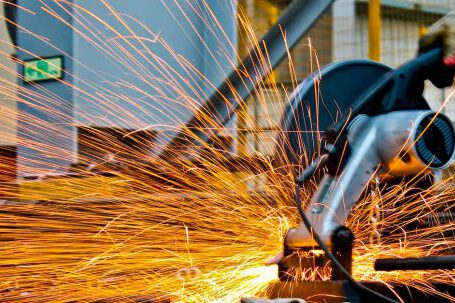The hoist is a mechanical device used to lift and move heavy objects. It is widely used in industrial and construction settings, from moving materials on construction sites to loading heavy machinery onto ships. The hoist is a critical piece of equipment, and understanding the key components of a hoist can help users ensure safe and efficient operation.
Hoist Classification
Hoists are generally classified by the type of power source that drives the lift mechanism. The most common types of hoists are manually operated, electric, and air powered. Manually operated hoists are usually hand-cranked or operated by a lever, while electric hoists are powered by an electric motor. Air powered hoists use pressurized air to move the lift mechanism.
Hoist Components
Regardless of the type of power source, all hoists have certain components in common. The primary components of a hoist are the motor, gearbox, brake, trolley, chain, hook, and control panel. The motor provides the power to move the lift mechanism, while the gearbox is responsible for converting the motor’s rotational motion into linear motion. The brake is used to stop the hoist and keep the load in place. The trolley is the wheeled platform the hoist is mounted on and is responsible for transferring the load onto the chain. The chain is the component that actually lifts the load, and the hook is used to attach the load to the chain. Finally, the control panel is used to operate the hoist and typically contains a power switch, speed control, and emergency stop switch.
Hoist Safety Features
In addition to the primary components of the hoist, there are several safety features designed to protect the operator and the load from harm. Overload protection is one of the most important safety features on a hoist, as it prevents the hoist from lifting more than its rated capacity. Many hoists also feature emergency stop buttons which allow the operator to quickly shut down the hoist in the event of an emergency. Other safety features may include emergency brakes, chain guards, and load limiters which help prevent the chain from becoming overloaded.
Conclusion
The hoist is an essential piece of equipment in many industrial and construction settings. Understanding the key components of a hoist and its safety features is essential for proper operation and can help prevent accidents and injuries. With proper maintenance and use, hoists can provide a safe and efficient way to move heavy loads.






